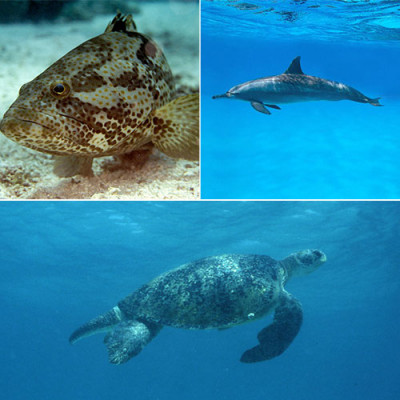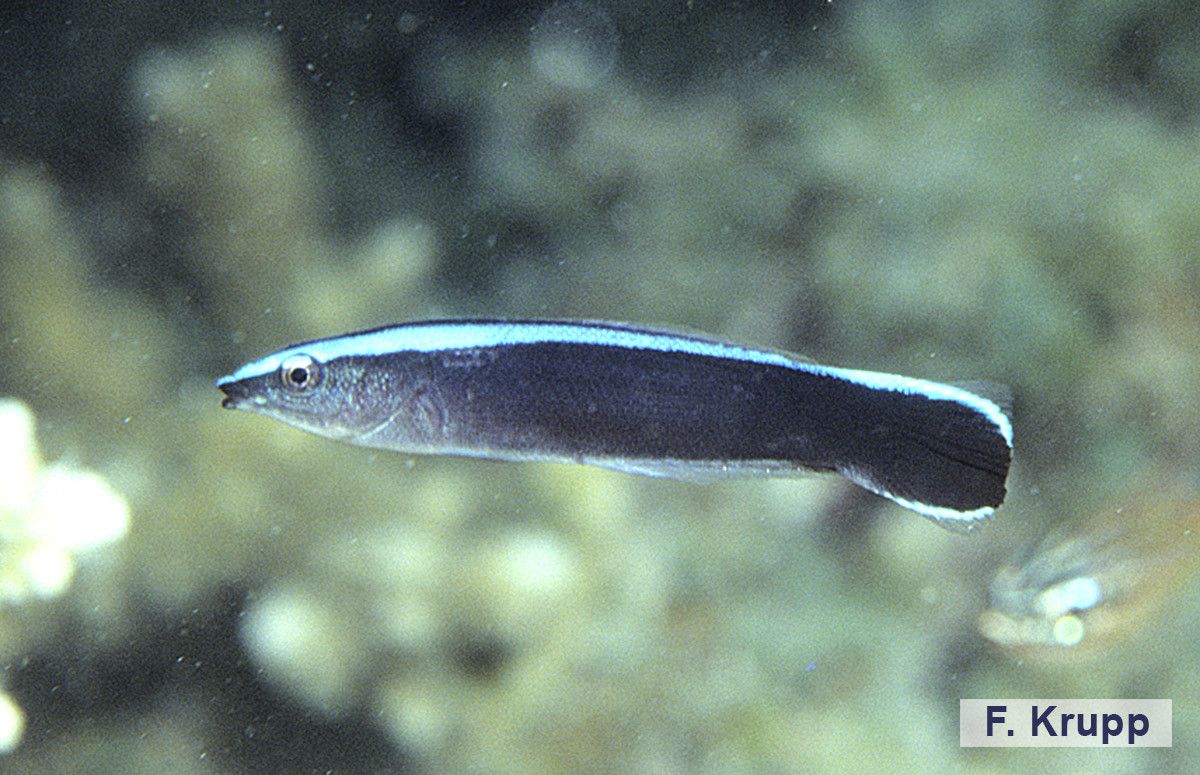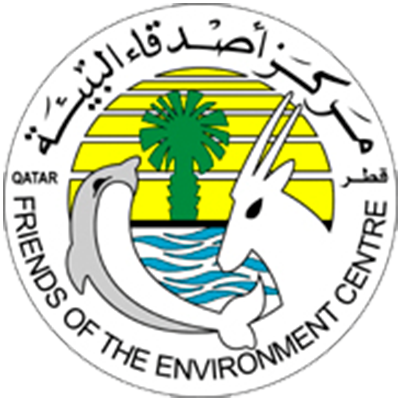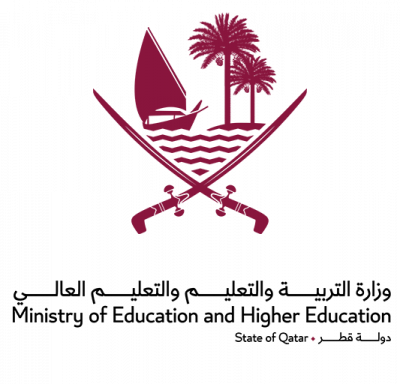Name: Cleaner Wrasse
Local name: Meelag
Scientific name: Labroides dimidiatus
Classification: Class: ray-finned fishes; Order: perch-likes; Family: wrasses (Labridae)
Size: It reaches 11 cm in total length.
Habitat:
The species is found in coral areas at depths below 1 m, establishing “cleaning” stations at prominent coral formations. These stations are visited by a variety of fish species for removal of crustacean parasites on which the Cleaner Wrasse feeds, freely entering the mouth and gill chambers of large fishes. Some adults are solitary and territorial, but usually a cleaning station is occupied by a pair of adults, a group of juveniles, or a dominant male accompanied by a group of females. When that dominant male disappears, the largest female takes over by turning into a functional male.
Distribution:
The Cleaner Wrasse is widespread in the tropical Indo-West Pacific, from the Red Sea and eastern Africa in the west, to French Polynesia in the east, north to Japan and south to Australia.
Conservation status:
The IUCN Red List of Threatened Species classifies the Cleaner Wrasse as Least Concern (LC) in both the global assessment and the regional assessment for the Arabian Gulf.
Description:
The body is slender and the mouth terminal with thick lips. The caudal fin is truncate or slightly rounded. The head and anterior part of the body are pale yellowish to bluish grey, becoming progressively more intensive blue posteriorly, with a lateral black stripe from the mouth to the hind margin of the caudal fin. Juveniles are black with a narrow bright blue stripe from the snout to the top of the caudal fin.








